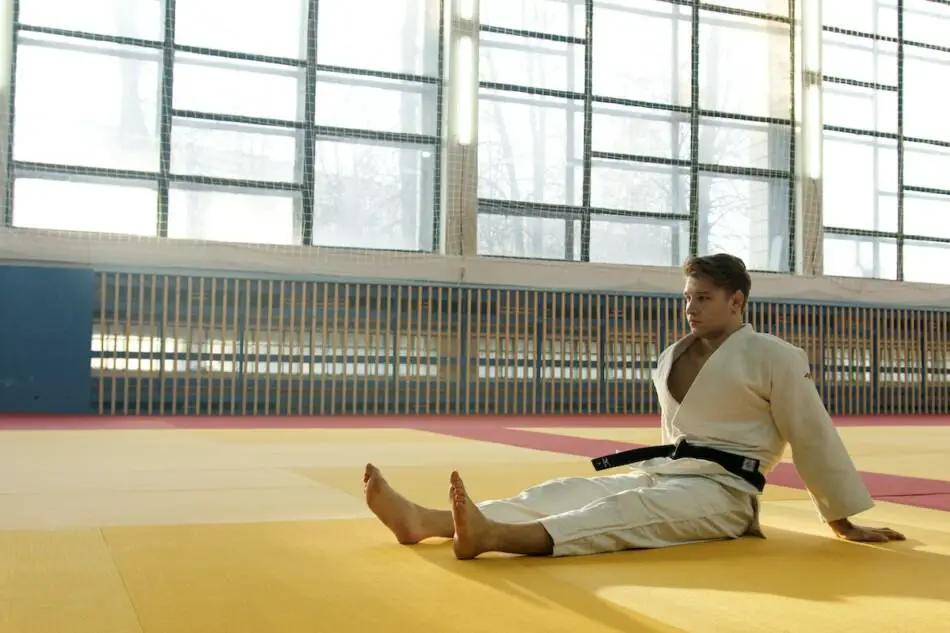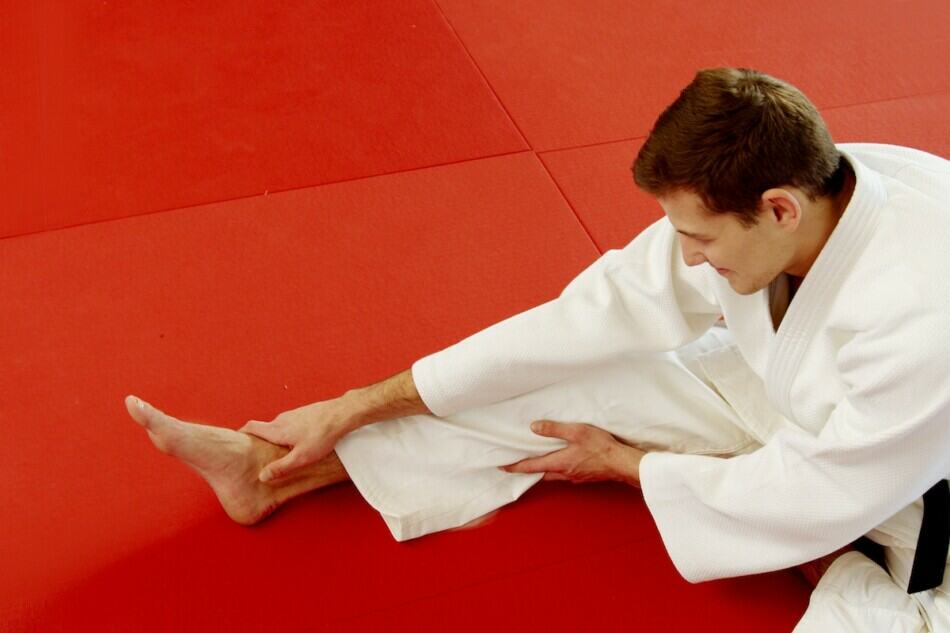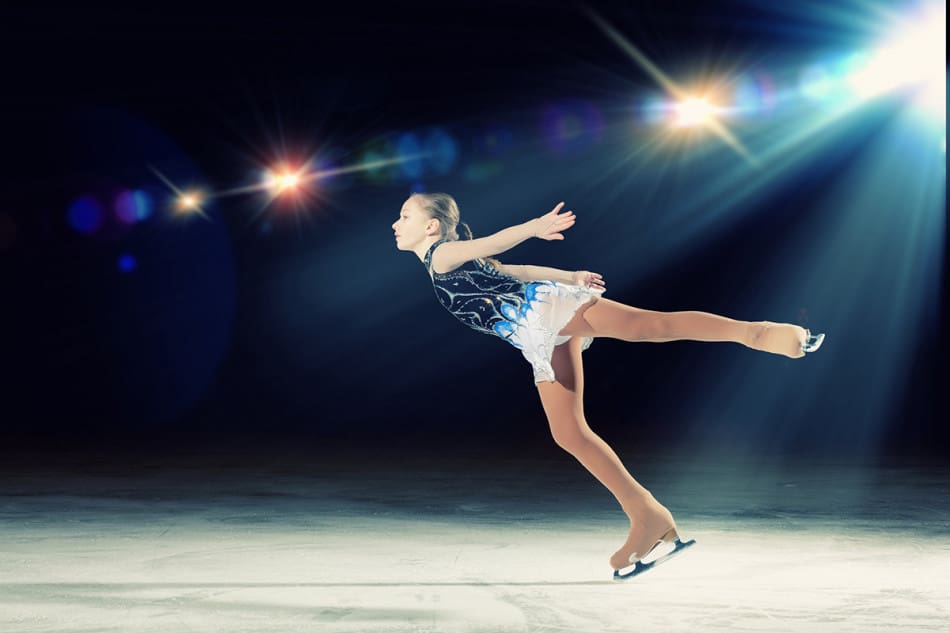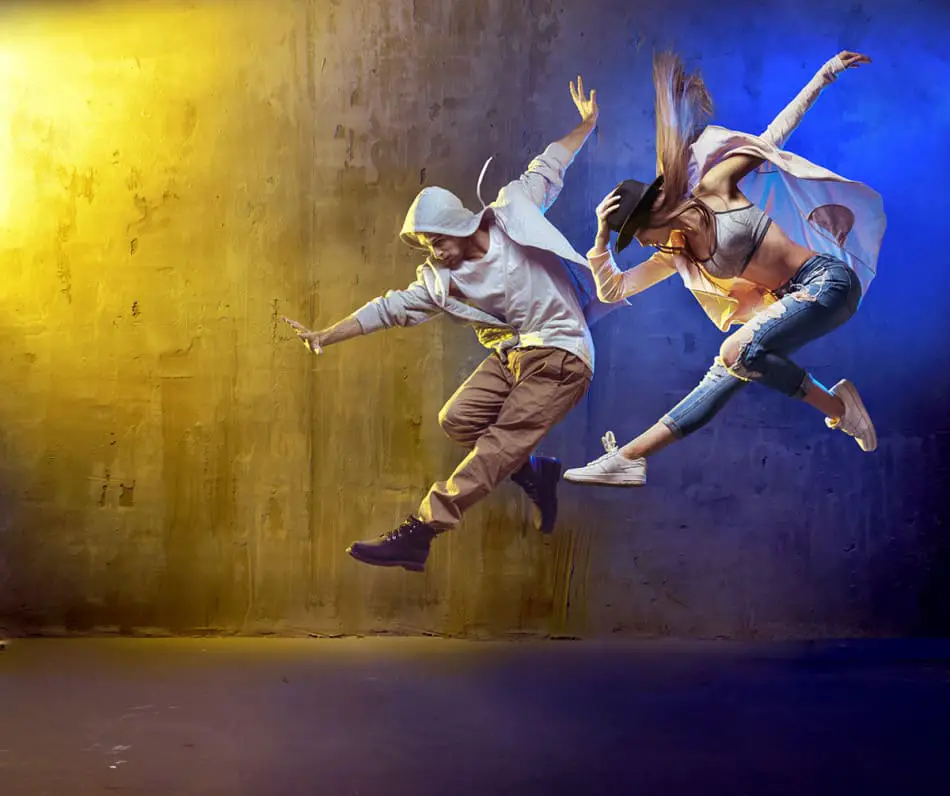As martial arts go, Karate is one of the simpler ones to learn as the process of learning simple single techniques, stances, blocks, punches, and kicks, and this lends itself to online training or self-study outside of conventional classes.
There are aspects of Karate that you can learn on your own. Still, you will be limited in your ability to progress and master the more complicated elements without proper instruction and training partners to assist with integral conditioning, sparring, and application of technique.
Let’s look at what elements of this traditional Japanese fighting art you could learn on your own and how you could do it, why it’s not recommended to try and learn Karate on your own, and the limitation you would face if you did.
The Three Elements Of Karate – Kihon, Kata And Kumite
With most martial arts similar to Karate, like Tae-Kwon Do, there are the basic movements of blocking, punching, kicking, and stances – this is the Kihon side of Karate.
You would learn these techniques standing still at first and then combine them with movements like stepping in the various stances and executing the block, kick or punch while in motion.
This evolves into the second element of Karate – Kata.
Kata or forms are the set sequence of movements or forms that simulate combat and the application of defensive and counter-attack techniques.
Kata is also designed to increase focus, control, power, and stamina and to open up the student’s mind by applying learned techniques to different attacking scenarios.
Kata becomes progressively more complex as the skill level increases. To pass gradings and advance to higher levels, both Kihon and Kata are examined in gradings and the third element of Karate – Kumite.
Kumite is sparring or free fighting. Here, students will face each other and look at score points by throwing kicks and punches and demonstrating the ability to apply techniques in a controlled environment within the dojo (training hall).
All three elements are critical to Karate. While some styles like Goju-Ryu are exponents of full contact karate from intermediate and senior levels, juniors and beginners in this style may also partake in full contact sparring or competition.
To answer the question of whether you can learn Karate by yourself, you need to be able to cover all three of these elements proficiently, and this can be done, but to a limited degree only.
-> Read Also What Is An Autodidact?
What Karate Style Do You Want To Learn

Karate, like its Chinese and Korean counterparts, has several different styles, and depending on which one you want to do will determine how much you can learn by yourself.
When we speak about learning Karate by ourselves, we refer to learning online either in a virtual class or using YouTube or other instructional videos and platforms.
Shotokan Karate is a very popular and common style of Karate that is not, in essence, a full-contact style like Goju-Ryu would be.
So if you want to study a style mostly for self-defense, mental focus, and fitness, then Shotokan would be a good option.
In full-contact styles, a lot of emphases is placed on Kumite, and this is very difficult to do on your own since you won’t have a suitable training partner or instructor to supervise your training sessions, and this can be dangerous – but we will look at that aspect in more detail later on.
Before you decide to forge ahead with karate training, do some research and see what styles resonate with you over others.
Once you have selected a suitable karate style, you can hunt around and find a reputable school and online instruction platform.
Many online karate schools will offer a trial period where you can try a class or two and see how it feels and whether you can see yourself committing to the style for some time.
You Cannot Achieve Black Belt Doing Karate On Your Own
Before you do this, you need to know one very important fact: you will not achieve a senior belt rank if you study online.
You should be very cautious of any online karate school that claims you can reach a black belt without ever having to step into a dojo or receive proper instruction.
This is inaccurate, irresponsible, and unrealistic as karate schools will have minimum standard requirements to be achieved and exceeded to promote students in that style to a higher rank.
Learning Karate by yourself will only take you so far because as the complexity and subtleties of the style increase as you progress beyond the beginner levels, you will require proper instruction.
This is because the application and technical accuracy of technique, whether striking, kicking, or moving, requires qualified instruction.

For the most part, you could only learn the basic stances, punches, kicks, and blocks on your own, but grading or testing for higher belts online would be challenging and possible only at beginner levels.
Also, any karate school worth its salt will have strict rules governing the teaching of advanced and more lethal techniques outside of a properly supervised and controlled environment, as they are responsible for ensuring the safety of students under the instruction, and an online environment does not provide this.
The only instance in which this may occur is when a registered student cannot attend the class for some time and still needs to maintain their training standard – but they would have the fundamentals learned in class, whether they were junior or senior. They would not be learning this alone.
So, let’s now look at what elements of Karate you could learn on your own and how you could prepare your home for this training; then, we will look at why learning karate on your own has limits and, ultimately, why a class and school environment is preferable.
-> Learn More about Self-Learning vs. Classroom Learning: Which Is Better?
What You Can Do When Learning Karate On Your Own
As discussed above, you can learn certain aspects of Karate on your own. Those are fitness, stretching, and conditioning, as well as the basic techniques of Kihon and the basic Kata.
Before you start your training, find a reputable school that offers online training. When COVID hit, many schools opted for online classes rather than stopping completely, and many of those platforms are still available.
Then you will need to clear a space in your room or garage to allow you the freedom to train. Clear out any obstacles that you may hit when kicking or punching (not fun), and you can also get training mats if you have a floor that you could slip on.
Most karate styles train barefoot, so if your floor is tiled or carpeted, it may be better to place training mats for traction so that you won’t get carpet burns during training sessions.
You can do pushups, sit-ups, lunges, and other fitness and conditioning exercises.
If you stick with the training times and regimen, you will become stronger, fitter, and more flexible.
Install A Makiwara
For conditioning, you can install a Makiwara, another piece of equipment central to Karate training. This is a contact striking pad used to condition the knuckles, edge of the hand, and feet for kicking and striking.
You can mount this indoors or outdoors and allocate time to work with the Makiwara in separate training times outside class times.
This is an important element of Karate as striking conditioning allows you to strike hard targets without damaging your hands or feet – but know this is a slow and sometimes painful process.
Fitness And Stretching

There will be a myriad of fitness and training videos for Karate, so pick one for your style and commit to those training sessions at least twice a week.
Start slowly with the exercises and work your way up to higher levels of conditioning.
The benefit of online training is that you can use other fitness and stretching programs from different styles. If it’s stretching you want, then look for Tae-Kwon do regimens for superior flexibility.
But, with training on your own, your stretching options are limited to exercises you can do alone, which will determine your progress.
While you certainly can develop fitness and body strength training on your own, you miss out on the energy and intensity of the class environment. If you enroll in a school, you will see the difference between class and solo training in your first class!
There is something special about being present in a Karate class with the noise, the calls, the commands, the loud group responses to the instructor, and of course, the energy – you don’t get this when you are learning Karate on your own.
Kihon – The Basic Techniques
With a reputable online instructor, you will be able to learn the basic movements, the four basic blocks, the punches, knife hand strikes, and the kicking basics of the front, side and round kick. You can train with those and become reasonably proficient.
Watching and repeating the on-screen techniques will give you a grasp and ability to perform them reasonably well, but there is a real risk that you don’t do them 100% accurately, which can lead to problems down the line.
When it comes to stances, you can learn the three basic stances: the long or forward stance, the back stance, and the ever-fun horse stance.
More progressive stances like the cat and crane can only be learned at advanced levels.
Watching and then replicating the stances with emphasis on the foot positions in each and the knee positions, how to move, and especially how to turn correctly may take some time and will probably take much longer than it would in a class under instruction.
Learning Karate On Your Own May Create Errors In Technique
The challenge with even the basic techniques is that you can develop small technical faults that an online instructor may not pick up, and if you are using YouTube, no one will pick it up.
These errors may become entrenched in your technique, and you may have to undergo some significant ‘re-training’ should you decide to join a school.
This is one of the major drawbacks of learning Karate on your own. In a class, you have immediate correction and explanation, whereas, on your own, your execution of technique relies solely on your perception of the movement as you see it online.
Like any other sport that requires technical correctness and precision in execution, learning basics wrong or with poor technique will set you back in your advancement.
For example, slight errors in the arm’s position in an overhead or lower block can render the technique ineffective or less effective when applied.
Not twisting the hand properly when punching and making contact with the right knuckles can lead to injuries in the hand, and the same applies when kicking.
The bones in the hands and feet can be very strong and effective when used correctly and conversely brittle and weak when used incorrectly.
Can You Do Kata Learning Karate On Your Own
As with the basic techniques, you can learn the basic Kata or forms when training on your own. You would first have to learn and master the basic techniques when standing and then be able to integrate those into moving.
Beyond the basic forms, the ability to learn and execute more advanced forms accurately and to school and grading standards would be very challenging, and this is because many of the forms from the Heian katas and beyond that require instructor knowledge and experience that the student needs to understand the specific combat application.
Kata is simulated attack and defense sequences. Instructors will often place other students to simulate attackers to create a visual experience of the technique and its application in self-defense.
When learning Karate on your own, you would not have this benefit and would be limited in your training.
In many advanced Kata, subtle movements of the hands and feet and breathing are essential in their timing within the form itself, and this may not be easy to teach and learn when you’re on your own.
Even if you are in a virtual class, the instructor may not be able to always see your positions due to the inherent visual limitations of virtual training.

Kumite And Sparring
One step and free sparring are an integral part of all martial arts and Karate is no different. Being able to work with a partner when practising counter-attacks and developing a fighting mindset is very difficult when you are training alone.
Here is where training on your own shows its limitations.
In sparring, you can test your ability to apply your techniques against opponents of similar skill levels, which helps to determine your mindset in a free-fighting situation – but this is also in a controlled environment, and some rules apply to sparring that does NOT APPLY in real-life combat situations.
-> Learn more about the 7 best websites for self-learning
You May Lack Control When Learning Karate On Your Own
Aside from being unable to execute the technique against a flesh and blood opponent, the other major concern is the development of control in execution.
In a class environment, you can gauge the force needed to inflict effective harm, and because you have instructors or seniors in attendance, there is little risk of injury to yourself or your partner.
But, if you are training on your own and decide to ask your brother to be the attacker, you may well cause him unintentional injury, especially since he would have no idea what to expect and may not stand still as his natural reaction would be to avoid a counter punch or kick.
It becomes a ‘hit-and-miss’ scenario where you are trying to gauge the level of force needed for the technique, and this could also be too little, meaning that the method would be ineffective.
Now, this could be a technical or execution fault, but this would be virtually impossible to diagnose when training on your own.

Learning Karate On Your Own May Instill A False Sense Of Confidence
Where this becomes a problem is where you can execute the technque against a ‘passive’ attacker, giving you an innate false sense of confidence in your abilities, making you feel like Chuck Norris, and armed with this confidence, you find yourself in combat situations with more experienced fighters and then end up getting your ass handed to you!
Not only can you get injured or seriously hurt, but this will destroy your confidence, and this is truly the one element of training on your own that is the most concerning.
If you are going to learn Karate on your own, KNOW that you will not have the equivalent level of skill and ability as you would from class training, and you should not depend on this for self-defense in a street fight.
If you are learning Karate for self-defense, it would be strongly advised NOT to learn it alone as there are essential aspects of combat that you will not discover on your own.
These can only be understood and absorbed under the tutelage of qualified and experienced instructors.
-> Read Also Can You Learn Kung-Fu On Your Own?
Conclusion
For fitness, conditioning, and exercise, learning Karate on your own can be done, as long as there is no expectation that you will achieve black belt or senior ranks in the process.
The basic techniques, stances, and Kata could be learned, but beyond that, it’s better to be at a school.
With any combat art where the goal is self-defense, learning on your own is not advisable, and mostly because you don’t have the right environment to become proficient and effective with the techniques, so should you ever need to use them, you may not come out on the winning side.
Resources:
This article was written from the writer’s personal experience, who has achieved instructor status in traditional Korean Martial Arts and competed at the National and International levels over the last 30 years.






